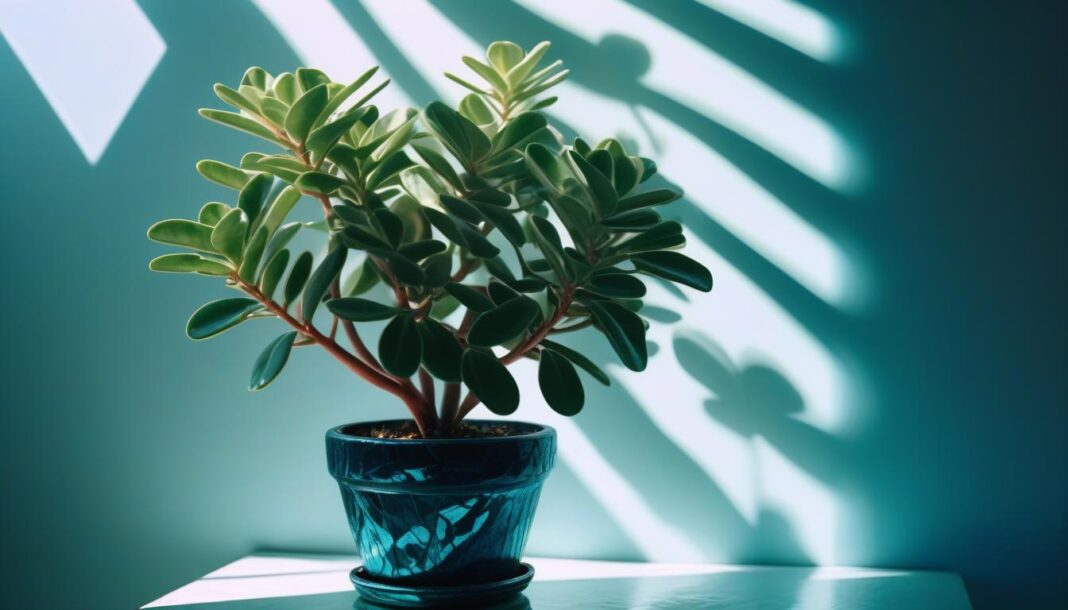Indoor gardening is a rewarding hobby that allows you to bring nature into your home, improving air quality, reducing stress, and enhancing your living space. However, it also comes with challenges, especially for beginners. Many common mistakes can hinder plant growth, leading to frustration. In this guide, we’ll explore ten common indoor gardening mistakes and how to avoid them.
Mistake 1: Overwatering Your Plants
Watering is essential, but too much of it can be harmful. Overwatering drowns the roots, causing oxygen deprivation and root rot, which can eventually kill the plant.
How to Properly Water Your Plants:
- Check soil moisture by inserting your finger about an inch deep. If it’s dry, it’s time to water.
- Use pots with drainage holes to allow excess water to escape.
- Water in the morning to allow any excess moisture to evaporate during the day.
- Consider using a moisture meter for more precise watering.
Mistake 2: Poor Lighting Conditions
Light is one of the most critical factors in plant health. Insufficient or excessive lighting can lead to weak, leggy plants or scorched leaves.
Types of Light Plants Need:
- Bright, indirect light: Ideal for most houseplants, such as pothos, peace lilies, and philodendrons.
- Low light: Suitable for snake plants and ZZ plants.
- Direct sunlight: Needed for succulents and cacti.
Mistake 3: Ignoring Humidity Levels
Many houseplants, especially tropical ones, thrive in humid environments. Low indoor humidity, especially in winter, can cause brown leaf edges and slow growth.
Tips for Maintaining Ideal Humidity:
- Use a humidifier to maintain consistent moisture levels.
- Place a tray with water and pebbles beneath plants to create a humid microclimate.
- Group plants together to increase localized humidity.
- Mist leaves occasionally, but avoid excessive moisture that can lead to mold.
Mistake 4: Wrong Pot and Soil Selection
Choosing the right pot and soil mix is crucial for plant health. The wrong choices can lead to poor drainage, compacted roots, and nutrient deficiencies.
Choosing the Right Soil Mix:
- Cacti and succulents: Require fast-draining, sandy soil.
- Tropical plants: Prefer well-aerated, organic-rich potting mix.
- Orchids: Need special bark-based potting media.
Mistake 5: Neglecting Fertilization
Plants need nutrients to grow strong and healthy. Without fertilization, they may develop pale leaves, slow growth, and weak stems.
Understanding Nutrient Needs:
- Use a balanced, water-soluble fertilizer (e.g., 10-10-10) during the growing season.
- Reduce fertilization in winter when plants enter dormancy.
- Organic options like compost tea and fish emulsion provide natural nutrients.
Mistake 6: Planting Too Close Together
Overcrowding plants can lead to poor airflow, increased disease risk, and competition for nutrients.
Ideal Spacing Recommendations:
- Follow plant care guidelines for spacing.
- Trim and prune to maintain adequate airflow.
Mistake 7: Failing to Rotate Your Plants
Plants tend to grow toward light sources, leading to uneven growth.
How to Effectively Rotate Plants:
- Turn plants 90 degrees every 1-2 weeks for balanced growth.
Mistake 8: Ignoring Pests and Diseases
Common houseplant pests like spider mites, aphids, and fungus gnats can damage plants.
Effective Management Strategies:
- Regularly inspect plants for signs of pests.
- Use neem oil or insecticidal soap to treat infestations.
Mistake 9: Not Keeping a Gardening Journal
Keeping records of plant care helps track what works and what doesn’t.
What to Include:
- Watering schedules, growth progress, and fertilization notes.
Mistake 10: Giving Up Too Soon
Indoor gardening is a learning process. Don’t be discouraged by setbacks!
Avoiding these mistakes will set you on the path to a thriving indoor garden. Keep experimenting, learning, and most importantly—enjoy the process!
Common Indoor Gardening Mistakes
| Mistake | Description |
|---|---|
| Overwatering Your Plants | Too much water can lead to root rot. Check soil moisture before watering. |
| Poor Lighting Conditions | Plants require specific light levels. Assess lighting and choose appropriate plants. |
| Ignoring Humidity Levels | Low humidity can cause wilting. Use humidifiers, misting, or water trays. |
| Wrong Pot and Soil Selection | Ensure pots have drainage holes and use suitable soil for each plant type. |
| Neglecting Fertilization | Plants need nutrients, especially in the growing season. Avoid over-fertilizing. |
| Planting Too Close Together | Overcrowding leads to poor air circulation and competition for nutrients. |
| Failing to Rotate Your Plants | Rotate plants periodically to ensure even growth and avoid leaning. |
| Ignoring Pests and Diseases | Regularly inspect leaves and stems for pests like spider mites and aphids. |
| Not Keeping a Gardening Journal | Track watering schedules, light exposure, and plant health for better care. |
| Giving Up Too Soon | Gardening requires patience. Keep learning and adjusting for success. |
FAQs
- How often should I water my indoor plants? Most indoor plants benefit from being watered once the top inch of soil is dry.
- Do all indoor plants require the same amount of light? No, different plants have different needs. Assess your plants’ specific needs.
- What is the best way to deal with indoor pests? Regularly inspect your plants and use natural insecticides like neem oil if needed.
- How can I increase humidity for my indoor plants? Use humidifiers, pebble trays, or mist plants regularly.
- Is it necessary to use fertilizer for indoor plants? Yes, especially during the growing season. Choose a fertilizer suitable for your plants.

